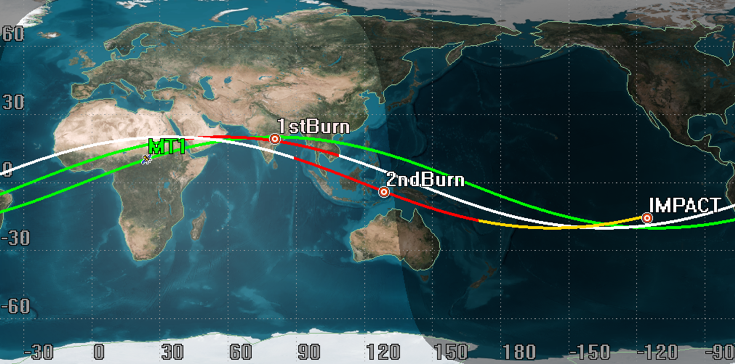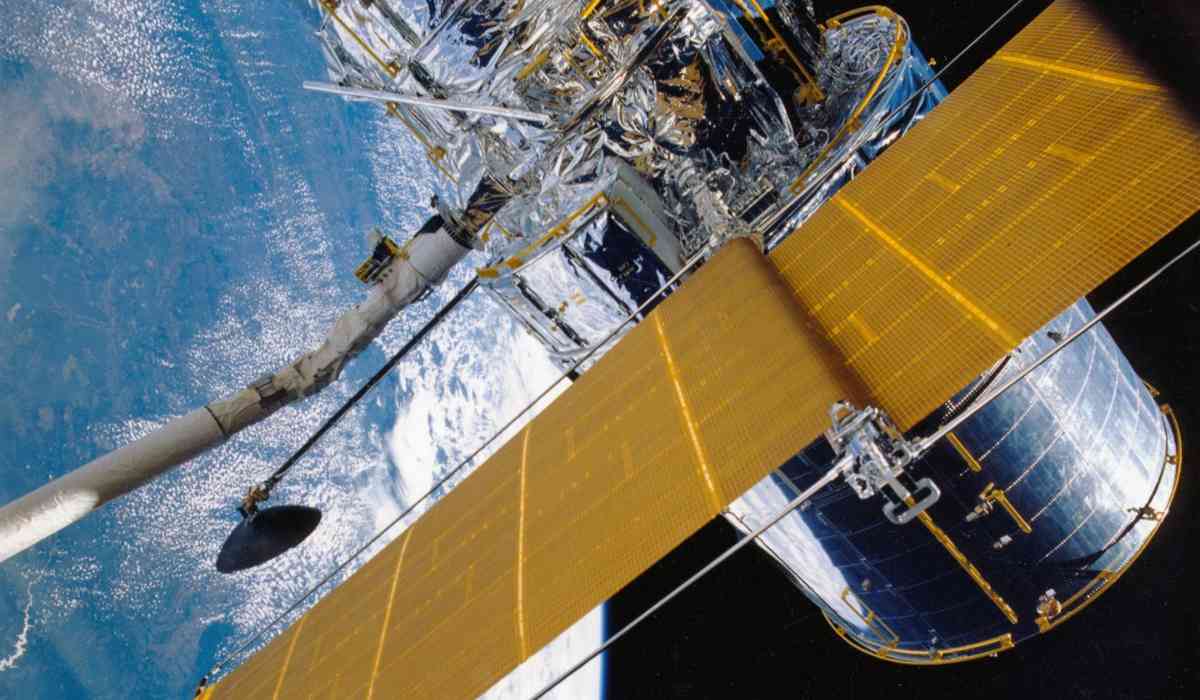The Indian Space Research Organization (ISRO) was successful in bringing down decommissioned Megha Trophiques-1 satellite on Tuesday. ISRO was carrying out a mission of “controlled re-entry” for the old satellite in a move to reduce space debris.
Re-Entry into the Earth’s atmosphere is a challenging process as objects are under immense pressure due to high speed and extreme temperature.
ISRO Telemetry, Tracking and Command Network conducted the mission to de-orbit the satellite and make it re-enter the Earth’s atmosphere, manoeuvring the satellite using the remaining 125 kg onboard fuel. After the satellite successfully entered the earth’s atmosphere, ISRO fired two thrusters on board the satellite in 20 minutes to accelerate the satellite’s disintegration in the pacific ocean.

Space debris is a concern of all space-faring organizations as debris in space poses a threat of damage to functional satellites and astronauts on spacewalks. ISRO has taken this proactive measure to reduce space debris in compliance with international guidelines on space debris mitigation.
Megha Trophiques-1 was launched into space in 2011 in a collaboration between ISRO and the French space agency CNES to study the impacts on the water cycle in the tropical atmosphere from climate change. It was successfully launched on a PSLV rocket in 2011.
©️ Vygr Media Private Limited 2022. All Rights Reserved.
























